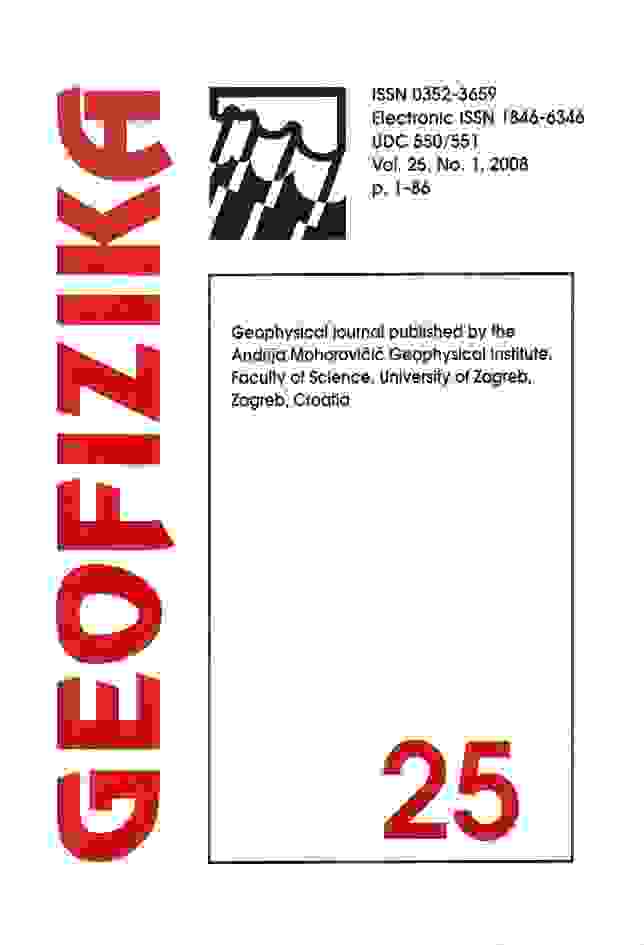Source parameters of the significant earthquakes in Egypt, 1992–1998 inferred from the P-waves magnitude spectra of teleseismic seismograms
Keywords:
magnitude spectra, source parameters, source complexityAbstract
sing the P-wave magnitude spectra of the vertical component of teleseismic broadband seismograms, average source parameters have been retrieved for five significant earthquakes of Mw ≥ 5.7 occurring in Egypt namely, 1992 Cairo earthquake, 1998 Alexandria earthquake and three events which occurred in the Gulf of Aqaba region between 1993 and 1995. The magnitude spectrum represents the velocity amplitude density spectrum at the earthquake source, scaled in magnitude units. The maximum of the magnitude spectrum along with the period at which the maximum occurs are used to estimate the source parameters. For precise determination of the source parameters, two different methods for deriving the corner periods are applied. The obtained source parameters were compared with those derived in previous studies. The results show that within the moment magnitude range 5.5 ~ 7.2, the corner periods are 1.29 ~ 11.6 s, length of the fault ruptures are 5.5 ~ 50 km and the stress drops are 0.5 ~ 4.8 MPa. The derived stress drop shows an increasing trend with the seismic moment for the three Gulf of Aqaba earthquakes. The 1995 Gulf of Aqaba earthquake of Mw = 7.2, the largest earthquake to have occurred in Egypt in the last century is characterized by a higher complexity compared to the other events, that are much simpler. The values of the corner periods for this earthquake are azimuth dependent due to complexity and strong directivity of its rupture. For a detailed description of the complexity of 1995 earthquake additional source parameters are also estimated in terms of an inhomogeneous source model. These parameters are the asperity radius, displacement across the asperity, localized stress drop and ambient faulting stress. The average stress drop of Cairo, 1992 and Alexandria, 1998 intraplate earthquakes shows larger values compared with the interplate 1993 Gulf of Aqaba earthquakes. Generally, the estimated seismic moment using the magnitude spectra reflect good agreement with the estimates made from the other techniques for simple source while the complex source yields smaller values.
Downloads
Published
Issue
Section
License
Copyright (c) 2021 Geofizika journal

This work is licensed under a Creative Commons Attribution-NonCommercial 4.0 International License.

